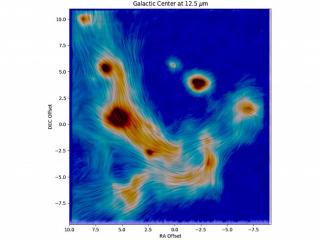
Macarena García Marín, astrophysicist who works for ESA and NASA on the Hubble’s successor, will explain the difficulties of deploying it into space.
Advertised on
This section includes scientific and technological news from the IAC and its Observatories, as well as press releases on scientific and technological results, astronomical events, educational projects, outreach activities and institutional events.





